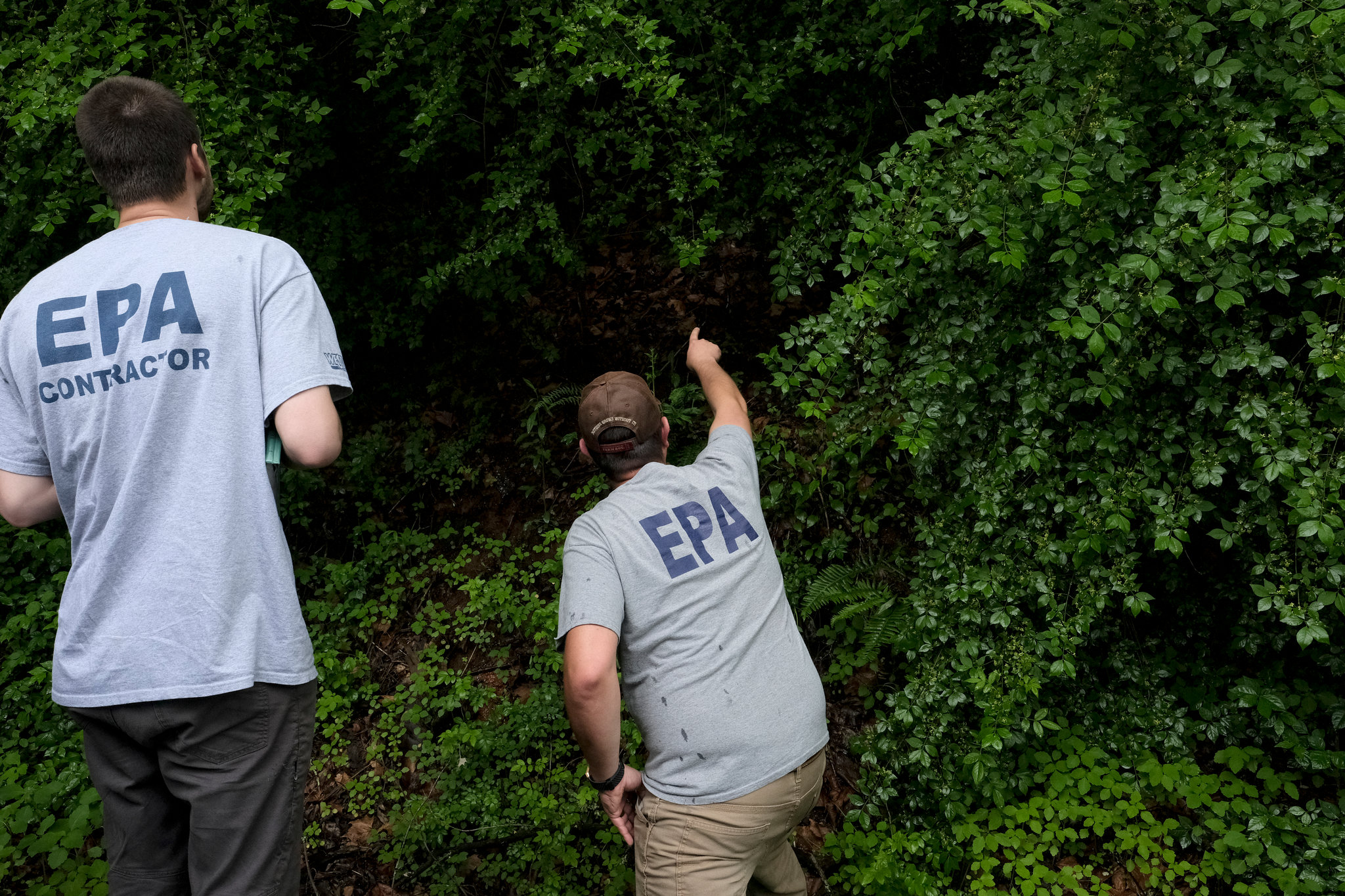1,100 EPA employees were warned that they could be fired earlier in 2025 amid DOGE cuts.
The EPA sent emails to more than 1,100 employees, warning that they could face immediate termination under their probationary status. These notices, sent in early 2025, targeted individuals who had been in their current roles less than a year — though some had long tenure in the agency but had shifted into new positions.
According to the union representing EPA staff, some of the recipients were “tenured employees who recently moved into new positions inside the agency.” The union president said she had “never seen anything like this” in her 33 years with the agency.
The email indicated that these staff were eligible for immediate termination under the probationary-employee firing rule (5 CFR 315.804). An EPA spokesperson framed the move as part of the agency’s implementation of executive orders and associated memos from the White House.
By itself, the notice did not guarantee termination—but it left staff in limbo, confused and anxious about their employment status. The union described the mood as one of fear and uncertainty: “Every day, folks are afraid to turn their computers on. They don’t know what message will be coming out next.”
These actions are seen by many as part of a broader downsizing and restructuring push, rather than normal turnover or performance-based reviews alone.
What the 1,100 EPA probationary-firing push signals
Probationary employees — typically newer hires or those recently reassigned — do not enjoy the same job protections as tenured civil servants. Agencies can remove them more quickly. By targeting this group, the EPA has opened the door to a much faster reduction of workforce numbers than would be possible under standard layoff protections.
Since the pool includes individuals who may be seasoned civil servants but recently changed roles, the reach of this strategy extends into parts of the agency where institutional memory resides. Observers worry this may contribute to loss of expertise in areas such as environmental regulation, enforcement, and research oversight.
Union officials and agency insiders say morale has plummeted, with valuable staff considering exiting rather than staying in a turbulent environment. Others fear that the message being sent is one of intimidation rather than purposeful streamlining.
DOGE’s sweeping federal workforce cuts
Meanwhile, the Department of Government Efficiency (DOGE) — established via executive order and led by tech entrepreneur Elon Musk as a senior advisor — has been driving large-scale workforce reduction across federal agencies. Reports indicate that DOGE’s “actions” have been cited as the reason for upward of 280,000 job cuts in the first four months of 2025 across 27 agencies.
The cuts are often characterised as targeting probationary staff, short-term employees, and contractors — thereby sidestepping many civil-service protections. Experts note that DOGE also promotes use of automated systems designed to expedite reduction-in-force (RIF) decisions, making workforce decisions faster and less transparent.
DOGE maintains it has saved approximately $160 billion to date through these cuts. However, analysts argue that the true cost — factoring in disruption, lost productivity, and weakening of core programmes — may reach $135 billion or more. Critics say that large-scale dismissals risk undermining critical government functions in pursuit of efficiency.
Intersection of EPA and DOGE efforts
The EPA’s termination notices cannot be viewed in isolation. They are very likely part of the same broader trend that DOGE is implementing across government: rapid reduction of workforce, especially of those lacking full tenure, to meet aggressive cost-cutting and restructuring mandates.
The timing, scale and mechanics of the EPA move closely align with DOGE’s broader strategy: raise use of probationary firing authority, lean toward automation, and restructure agency staffing to meet executive-order priorities. For example, internal agency emails have suggested that job security for probationary employees has effectively been eroded.
Some agency insiders interpret the EPA notices as a signal: areas not considered core to the new agenda may be subject to exit or reassignment. The chilling effect is broad: even employees not directly targeted report an atmosphere of fear and caution about what their next assignment might bring.
Implications and risks
From a workforce standpoint, the immediate risk is skill-loss and institutional instability. Agencies like the EPA are responsible for complex regulatory, scientific and enforcement functions. Rapid turnover—especially of staff who may still have deep expertise but recent team-role changes—can impair continuity and effectiveness.
From a policy standpoint, the cuts raise questions about whether cost-savings are being achieved at the expense of core mission. If programmes are degraded or regulatory oversight weakened, the downstream costs to public health, the environment and economy could exceed the upfront labour savings. Analysts warn that cost-cutting is only beneficial if it does not impair essential services or capacity to act when risks emerge.
From a legal and governance standpoint, the strategy also raises questions about fairness, protections for civil-service employees and transparency of decision-making. Many critics argue that the use of probationary firing and contractor terminations is being used as a back-door method to restructure without debate.
What comes next
Going forward, agencies are likely to see continued monitoring of probationary hire policies, increased automation of HR decisions, and heightened use of RIF-mechanisms. Congress, unions and watchdog groups are already pushing back, calling for oversight of DOGE’s authority, economic impact assessments, and restoration of protections for federal staff.
For employees at the EPA and other agencies, the message is clear: tenure alone may no longer guarantee protection. Those in roles deemed non-core, new assignments or probationary status may face abrupt change. Some staff may opt to leave voluntarily rather than navigate an uncertain environment.
For stakeholders and the public, the essential question is whether these cost-reductions result in a leaner, more efficient government — or whether they reduce capacity in critical programmes, raise hidden costs and erode trust in public institutions. The era of accelerated federal workforce cuts is now underway, and its ultimate outcome remains far from settled.







